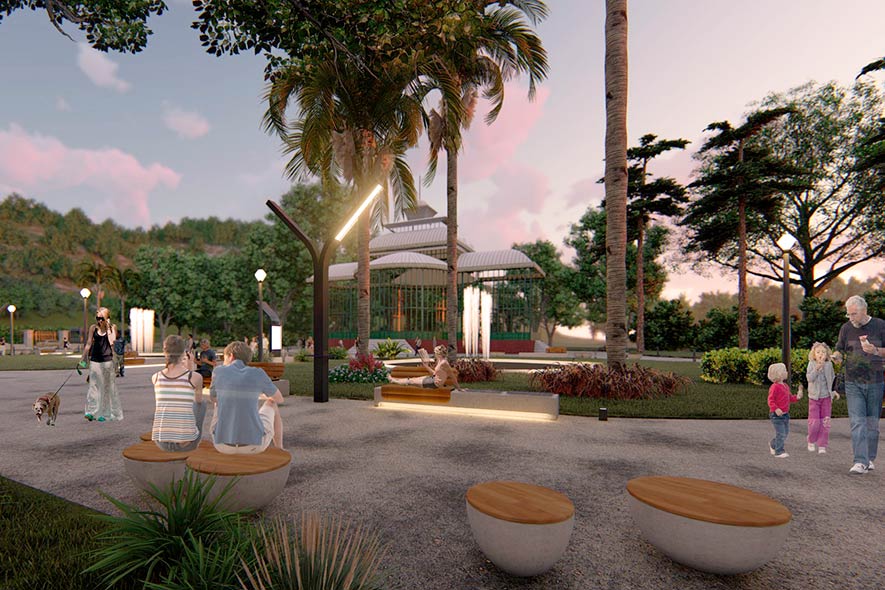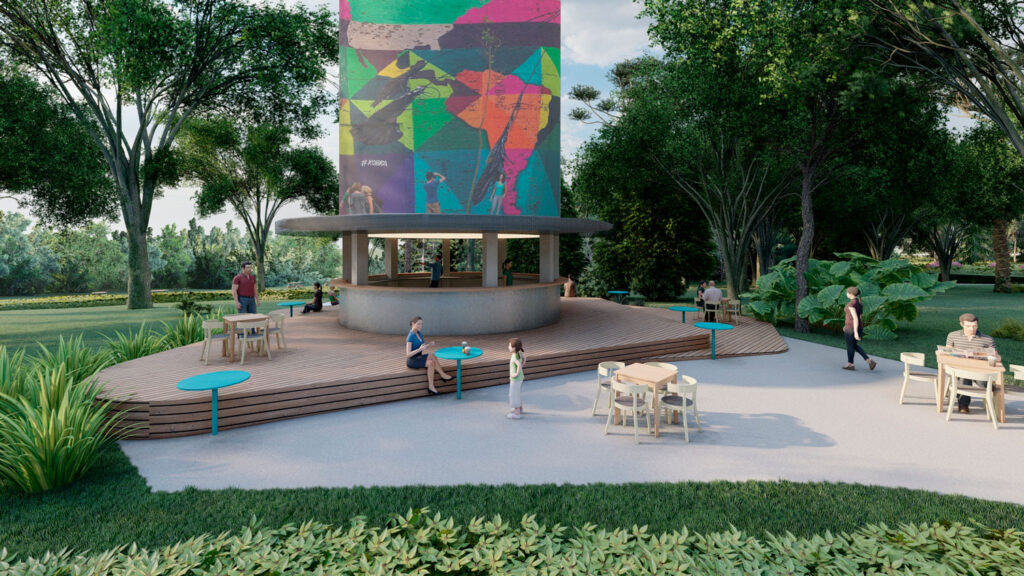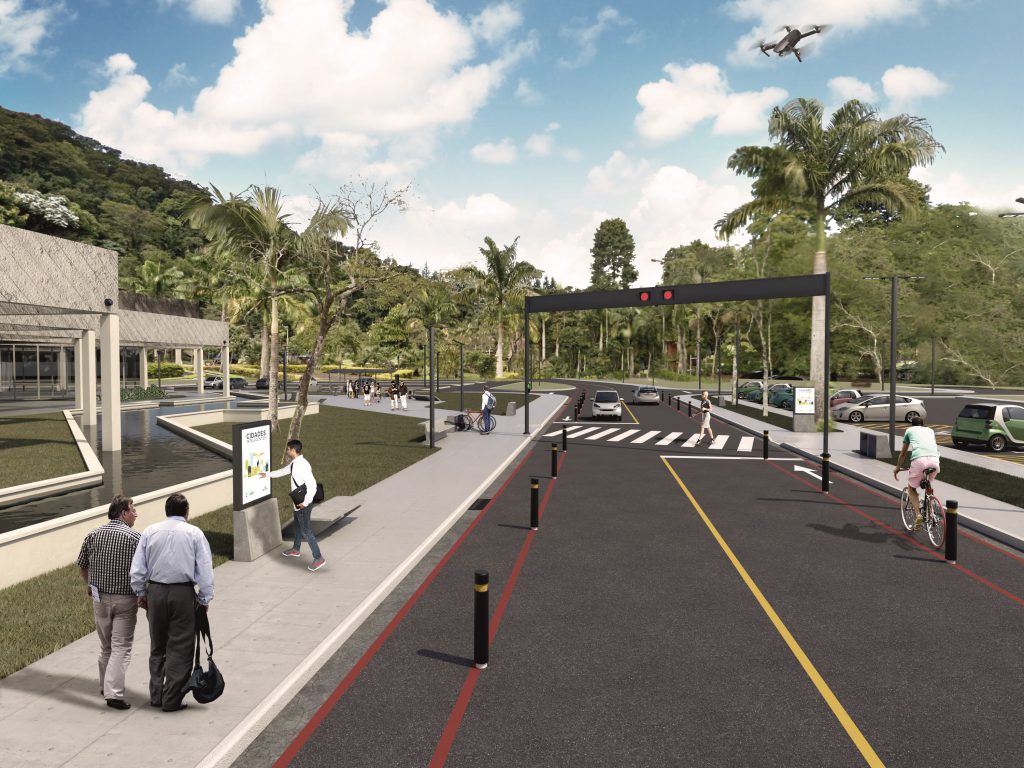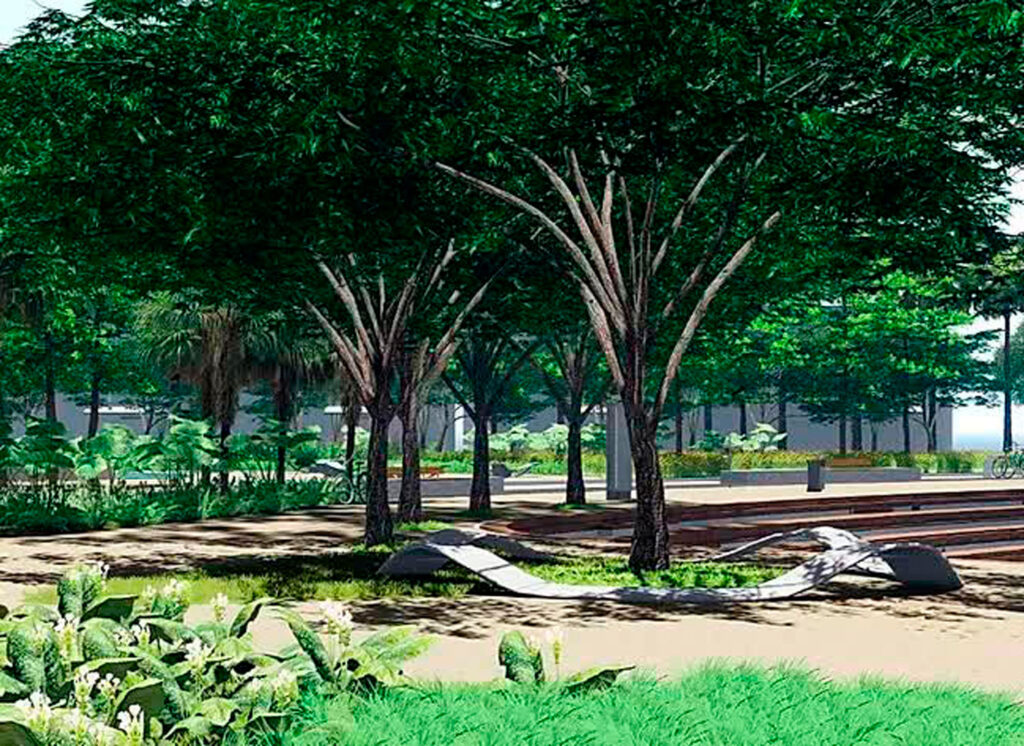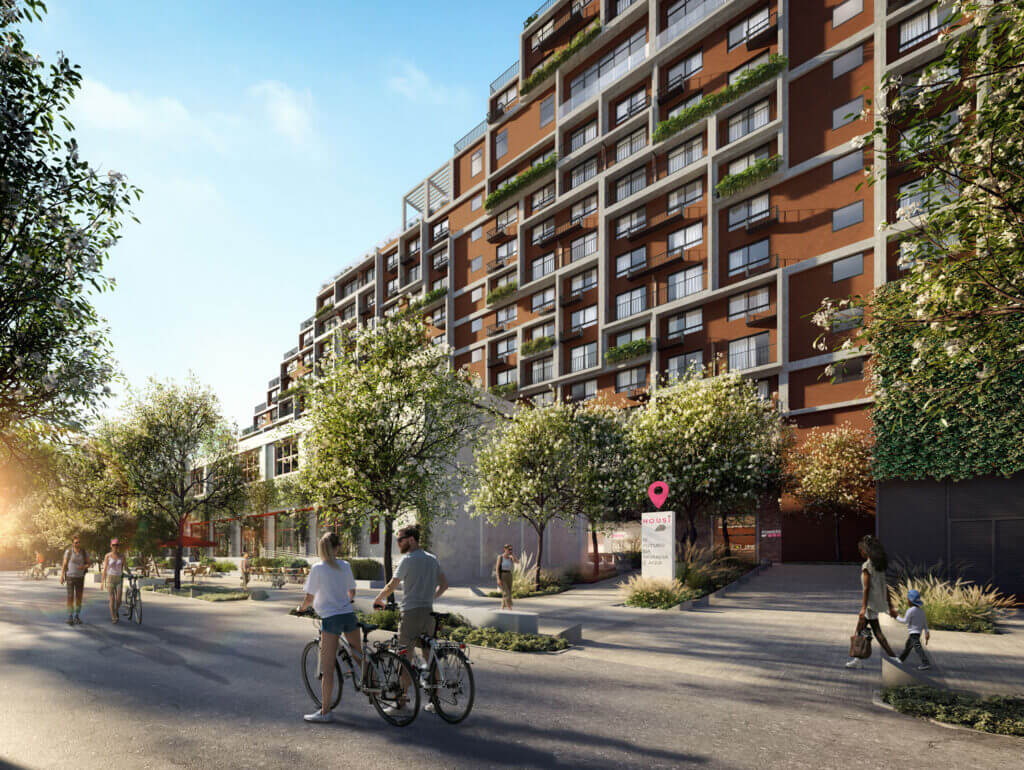Currently, in large cities, commuting and the dynamics of work urgency have been decisive for the quality of life of the inhabitants, and moments such as the current situation of the covid-19 pandemic are latent, explaining how this movement consumes the time that each one has and reduces the human being's ability to dedicate himself to the most important things in his life and to the things he likes most, such as being with his family, taking care of his health, practicing hobbies, among other activities.
The configuration of the urban territory is decisive for shaping the pattern of how people relate to the city, how we circulate, the activities we do, neighborhood patterns, everything we have in a neighborhood with which we relate, being co-responsible for shape the behavior of the inhabitants.
In this sense, rethink the neighborhood pattern it is a determining element for a more sustainable city, with the reduction of displacements and, consequently, with the improvement of the quality of life and environmental quality.
Establishing a neighborhood pattern that allows residents to stay physically closer to where they live and connect more with that space is a solution to the correct use of natural and human resources.
Na configuração desse padrão, a mudança de relação se traduz em criar empregos próximos às residências, incentivar o comércio de vizinhança, propiciar o uso misto das edificações, desenvolver ruas e espaços públicos destinados ao pedestre, encorajar o uso da bicicleta e do transporte público para os deslocamentos diários e necessidades do dia a dia, reduzir o tempo de deslocamento aos destinos desejados e reduzir o uso de veículos privados de forma geral. É fundamental construir um sustainable urbanism ligado a uma visão humanista da sociedade.
As a result of the proposals for sustainable urbanism, the objective is to reduce the cost of energy resources, improve air quality, reduce the cost of natural resources in general and benefit one of the main human resources: time. In this way, you get a more humane city to live in.
Sustainable cities are, therefore, those that foresee, since their planning, a series of guidelines that improve people's lives and conserve the environment, understanding that human beings are part of nature.
Transformations with sustainable urbanism
It is essential to carry out sustainable projects and seek transformations in cities to guarantee the future, being necessary:
- More diversified use in the territory, expanding opportunities and alternatives for living;
- Stimulate spaces for people, outdoor socializing, which generate a sense of belonging;
- Preserve open spaces, of natural beauty and environmentally critical;
- Provide a variety of transportation options and strengthen the public transportation system;
- Provide the collaboration of the community and other groups interested in making decisions about the development of the territory.
In addition to very well-founded proposals with more modern concepts of occupation and stimulation, it is essential that there be political strength for the implementation of more sustainable proposals for cities, as some processes of disruption of political and economic processes that have been built for a long time are necessary. decades in the formatting of urban centers. Economic incentives are also needed, with policies not only for investors, but also to encourage the occupation of the territory by institutions, communities and citizens.
Design sustainable urbanism with Plantar Ideias
Access this link about natural parks and urban architecture, and learn more about the projects developed by Plant Ideas!
Check also: Confira quais são as cidades planejadas no Brasil | Bairro planejado

